A few weeks ago on a visit to the Clonmel Garden Centre Snezana fell in love with two pots which had only come in the previous day ….. lucky for us as these pots , greek amphora style with handles , are difficult to source and are of a type I have been searching for over the years but never came across since I last saw one for sale in Dublin in the late 1990’s when I was between gardens .
They are show stoppers and immediately found their place in the garden … careful positioning needed as I like pots not in your face but to come subtly into view and not be seen immediately at a distance . I won’t plant them either as they are so tall and in my view plants would be a distraction so just topped them with gravel so that they can be admired for themselves and not for the planting .
As can be seen from the next photo their design has been around in the Aegean culture for over three thousand years as they were used as wine storage jars with examples being found all over in archaeological excavations throughout the Mycenaen / Minoan world …. I photographed the ancient jars in the photo below , in the Istanbul Archaeological Museum and they were found on the site of Homer’s Troy and date from 1200 BC … nice to think that Helen may have walked by these !
This year I have realised that a severe hair cut was needed in the lower garden as the growth is gone beyond even Dolly Parton hair wildness and a large amount of self seeded ash and willow has added to the lush growth while several gardener friends have also commented on the green surge with the merest of hints of perhaps cutting back ?
I have resisted until now but looking back over some photos taken a few years ago of areas that are now totally in shade I realised I would have to do it but like Saint Augustine who famously asked for temptation to be removed …only not just immediately … I also put the decision to cut back on the long finger …… long finger or not Snezana on her recent visit on leave from Eastern Ukraine hired Peter for a chain saw day and they spent a day of savage cutting back …. well savage to my eyes but she considered it a medium cut back .
Heavy going as space has to be found for the heavy branches which are cut ….. we used a shredder for the last cut in January in the front garden but this time I piled them along the boundary fences as a further deterrant against the deer and then arranging the cut timber logs in groups .
We have a policy of not using any of our cut wood as firewood but stack in piles … a trick I picked up living in Bosnia where they can build a wood pile into shapes like a work of art and which Snezana would have grown up with as a young child in the Former Macedonia…. my efforts at stacking are certainly not a patch on the Bosnian style and the accompanying photo is one I took in Brcko, North Eastern Bosnia , where I was stationed for over seven years with the EU from 1998 .
I always try to build between trees as this book ends the stacks as I like that look and the tree provide support but lately I drive bamboo canes in at at both ends as a stand alone stack and the logs provide a home for countless insects and small animals and have the added bonus of an aesthetic organic look in a wild garden such as this and and I must say that the resulting clearance also does wonders for those parts of the garden flooding areas with light which before were in heavy shade .
My role in the wood cutting operation was to stay well away as the chain saw gang was operating under Snezana’s direction and I tend to get nervous around chain saws , me being the Mr. Bean of the Do It Yourself brigade and also I get upset watching the drastic pruning involved … the words used were of the nature “ leave this to REAL men ” .. now I may have misheard her but anyway I was relegated to the huge clean up afterwards involving clearing away the branches and stacking the cut logs into future housing projects for the insects !
Speaking of insects …. back in 1997 on a first family visit to Jeny’s Restaurant overlooking the Adriatic on the Croatian coast near Makarska we were fascinated by what looked like a miniature hummingbird that darted around and fed with a long beak from the lavender flowers . The bird was in fact a large moth called Sveti Ante which extracted pollen and seemed quite tame and at home with humans as it flew around the terrace and over the years we saw it every summer on the Adriatic but particularly at Jeny’s which had become our favourite restaurant and it’s owners Jennie and Milenko and their two sons , firm friends to this day .
You can imagine our surprise yesterday sitting in the garden here in Ireland beside a planting of lavender and nepeta ( cat mint ) when unbelieveably what looked like a Sveti Ante flew in and buzzed around inches from our face ! With coincidental timing this morning I was reading Michael Viney’s natural world column in the Irish Times dated July 18th and a reader’s query “ I photographed a hummingbird like creature in my garden today . What is it ? ” and Viney’s reply “ a hummingbird hawkmoth , an immigrant from southern Europe ” ….. climate change has brought Sveti Ante and a little piece of Dalmatia to an Irish garden !!
Jeny’s restaurant incidentally has seen Jennie and Milenko retire from the business but their two sons , Milenko and Vlado have taken the cuisine to another culinary level so if ever near their area of Croatia , Makarska / Tucepi in Central Dalmatia be sure to visit !
A few weeks ago we were delighted to welcome Shirley Lannigan to the garden … Shirley writes a column in the monthly The Irish Garden magazine which is edited by Gerry Daly . Shirley is also the author of two important books on gardening , “ The 100 Best Irish Gardens open to the Public ” in 2003 and “ The 100 Best Irish Gardens ” in 2010 . Always interesting to meet the professionals in the garden scene and this visit by Shirley was no exception as she walked around the garden collecting material and interviewing both of us for what is planned to be a feature article in the magazine in a few months time .
It is agapanthus time in the garden and they look so terrific in all the garden centres just now but be careful as they are not for everyone , needing a series of interlocking events to succeed among which dryish soil , sheltered site , watering regularly , the help of God etc. to produce those wonderful blue flowers ….. agapanthus are also available with white flowers but for me nothing beats the blue flowered versions .
Snezana when she first saw them in bloom in August 2008 fell for a container of agapanthus in Clonmel Garden Centre and despite my advice planted them in a spot in the front garden which had neither shelter nor good soil and after three weeks in bloom they vanished never to be seen again …… the same has happened several times to me over the past ten years and I have only managed to keep alive one clump and yet I have seen them thrive in Kelly’s Hotel Rosslare Strand garden where they have self seeded into pure sand at a wind blown spot on the edge of the beach…. gardening is neither easy nor logical at times !
I was in Dundrum Garden Centre a few days ago and they have hundred’s of pots of agapanthus for sale looking absolutely gorgeous …mind you all displayed in the glass covered in area so good luck with that when planted out although to be fair the Dundrum staff are always meticulous about advising to harden off any plant sold from the glass area before planting out .
Dushanka originally from Drvar in North Western Bosnia , working in Dundrum for the last ten years wondered why I wasen’t tempted by the display but said she too had no success with them either . Incidentally I first met Dushanka a few years ago while wearing my Partizan Belgrade shirt on a visit to the garden centre and got a good discount immediately to honour her Serb origin …. of course I have worn it on every subsequent visit !
I bought the shirt in November 2003 during a trip to Belgrade with Snezana , Diarm my son and Edin with whom I worked with in the EU Mission in Bosnia , to see Partizan Belgrade play Real Madrid in the 2003/2004 Champions League . Real Madrid at the time were at the height of their galactico period with Zidane , Beckham , Carlos Alberto , Raoul and Ronaldo and we had a meal afterwards in their hotel where we queued to see them troop in to the dining room …. It was the height of Beckham mania so we got no closer than at the back of a pack of screaming teenage girls …Snezana had opted not to join us in the scrum but had a quiet coffee away from the crowd …. guess who passed right by her table ….. Beckham and Ronaldo … did they say anything we asked breathlessly … “ well no but Ronaldo winked at me ” she says and all three of us wished he had winked at us !!
The Partizan fans are famously ultra hard core racist but I had to laugh at their retinue of insults every time a Real Madrid player touched the ball but their choicest chant was reserved for David Beckham who fair play to him didn’t once let on he had even heard any of it let alone be upset by it ..not even when he took a corner kick right beside us with 80,000 Partizan fans shouting “ Victoria takes it up the …. ” where precisely Victoria takes it according to the Partizan fans is better left to the imagination dear readers … and these were probably the only words they knew in english !
Where was I …. Dushanka at Dundrum Garden Centre ….. thanks Dushanka for the plants discount over the years !!
Recently a book by Richard Maybe “ Weeds ” was recommended by a visitor to the garden , a history of weeds or as they are famously described , a plant in the wrong place ! This book should be on every gardeners reading list or even if not a gardener as it traces how weeds survive and spread all over the world but more importantly how a plant in one region can be transplanted to colonise across continents and become hugely invasive to the degree that it costs billions to control …notice I said control and not eliminate because in most cases that is all that can be done as in the case of Japanese knotweed in the British Isles and for example loosestrife in the US or the humble Scottish thistle in Australia and New Zealand .
I have both loosestrife and japanese knotweed in the garden and both thrive in different habitats and while knotweed will only grow in dry conditions , loosestrife thrives in wet areas where it quickly spreads . I have been lucky that the knotweed , which came in with top soil a few years back when setting up the immediate back garden, confines itself to just one area while the purple loosestrife spreads along the water ….but only in full sun . I have great affection for both plants as knotweed or polygonum is a marvellous foliage plant which before it became infamous across the UK as a highly invasive plant was once declared Plant of the Year in 1860 by the naturalist pioneer , William Robinson while loosestrife has been grown in europe for over two thousand years as a medicinal plant used to ease headache hence the common name lose strife and has purple flowers on a tall architectural frame .
The japanese knotweed that we have here in the garden was not planted intentionally but grows along a bank on both sides of the path leading down to the lower garden and each spring I cut it into a tunnel separating the gardens and it adds a touch of theatre leaving one part of the garden and connecting the front and immediate back gardens which are a bit manicured and leads through to the wilder areas …. at least that is the intention !
Weeds have a genius for survival and all five continents have weeds that originated in just one small area of the Globe where they thrive and prosper and if the climate really suits in their new home they can take over aggressively . Their seeds will hitch a lift any way they can from one part of the host country to another and from one continent to another and Richard Maybe states that clothing is an ideal carrier particularly turn ups on trousers and pockets on jackets which in one sample examination was found to contain over 300 seeds collected while out for a walk ! I was reminded of this today when I came in from the garden where thistle seeds are everywhere at this time blown in on the wind and my T shirt had hundred’s of seeds clinging to it which means the sofa will need to be vacuumed soon !
Seeds can survive dormant in the ground for thousands of years and have germinated at archaeological digs where they have been buried in graves for three thousand years , the most famous example being a bowl of dried wheat found in Tutankhamun’s tomb in the Valley of the Kings at Luxor in Egypt in 1923 …. the seeds were still active although buried with the Pharaoh in 1132 BC .
In 1972 at the height of Tut Mania in the UK , Trinity College in Dublin rediscovered a packet of fossilised peas which had been sent by Howard Carter , the discoverer and excavator of Tutankhamun’s tomb , for analysis in the mid 1920’s ….. the packet had been misfiled and forgotten about for fifty years in Dublin and now a Professor in the laboratory at Trinity regenerated a sample of the peas and managed to grow a pea tree eight metres high !
I wrote to Trinity in 1975 when the news broke and they sent me five peas from the Son of Tutankhamun pea tree with instructions on how to grow them … I remember it involved soaking them in water and laying the peas on blotting paper for a few days before planting ….. I tried it with one pea but it didn’t grow for me and I didn’t want to chance my remaining four Tutankhamun peas so didn’t try again !!
While writing this just now I came across this example from Israel about a Judean date palm grown from a 2000 year old seed found in a jar at Masada near the Dead Sea .
“ During excavations at the site of Herod the Great‘s palace in Israel in the early 1960’s, archeologists unearthed a small stockpile of seeds stowed in a clay jar dating back 2,000 years. For the next four decades, the ancient seeds were kept in a drawer at Tel Aviv’s Bar-Ilan University. But then, in 2005, botanical researcher Elaine Solowey decided to plant one and see what, if anything, would sprout.
“I assumed the food in the seed would be no good after all that time. How could it be?”said Solowey. She was soon proven wrong.
Amazingly, the multi-millennial seed did indeed sprout — producing a sapling no one had seen in centuries, becoming the oldest known tree seed to germinate.
Today, the living archeological treasure continues to grow and thrive; In 2011, it even produced its first flower — a heartening sign that the ancient survivor was eager to reproduce. It has been proposed that the tree be cross-bred with closely related palm types, but it would likely take years for it to begin producing any of its famed fruits. Meanwhile, Solowey is working to revive other age-old trees from their long dormancy.”
The palace complex of Herod at Masada is perched on a sheer standing rock , 2000 feet cliffs on all sides and lies in perhaps the most inhospitable place on earth right beside the Dead Sea where nothing grows so even in Herod’s time in 100 BC everything had to be transported in when he lived a luxurious life in a palace so luxurious it would give today’s Trump Towers a run for its money ….. amazing that a tree seed can survive across two millenia and bloom again . Of course Masada is more famous now for its destruction by the Romans in 73 AD after a three year siege when just before the final break in the walls the remaining seventy Jewish defenders killed themselves and their families rather than surrender into slavery .
So this tree palm seed has witnessed history and my photo here from our visit to Masada in March 2009 shows original roman stone siege balls which would have been catapulted over the palace walls just before the romans finally broke through ….. to witness an eerie silence as all were dead up there …the ultimate sacrifice .
You all know the term green fingers as applied to people who supposedly can get anything to grow and I was reminded of this a few days ago when taking my daughter , Claire , on a plant hunting expedition for her new garden in Wexford , when I said about a plant I had divided recently and that I just “ threw it in ”…. nothing is ever just thrown in and it is not by accident that anything you plant grows and I realised I had fallen into the same habit that cooks for example say a pinch of this or a pinch of that which is very confusing for the beginner be they cooks or gardeners !
What reminded was that I was this morning planting up some off shoots of the alpine campanula … but when I analysed my action I realised that automatically without thinking I had carefully dug out a patch in the gravel area , added some compost , then carefully covered the new plant with gravel and smoothed it in and therefore had given the off shoots their best chance to take and grow on….. so even though to an onlooker I had “ thrown it in ” and it would grow for me because I was a gardener and therefore automatically had green fingers … not so ….. things grow for me like most gardeners because I know a bit about gardening , have studied the manuals and learnt from TV programmes and from other gardeners how to minimise loss of plants by the right plant right place approach .
Throughout any garden or in nature generally you will see prolific self seeding as this is the way plants for over twenty million years have perpetuated and spread without any help from mankind but nature starts off with an advantage and that is that the host plant has grown in the right place for it’s requirements so naturally any seed it throws out will land in the same soil and location etc. and so have a good chance of survival …likewise when carried by birds as more than likely they are nesting in the area so again good conditions for survival .
The tricky part is when we intervene and try to sow the seed where we want it to grow and this may NOT be in the RIGHT place !
I was reminded of this when in a friends garden recently and she has a huge amount of poppies self seeding , so many she has to dig them out while I can’t get them to grow here …. annoying or what but yet again back to right plant right place principle and I have obviously not given the poppies the right conditions …her green fingers secret … she throws the seed about in similar soil conditions as the host plant BUT gives nature a helping hand by walking over the seeds after planting …. back to the drawing board then as I do love those big blowsy flowers and afterwards their fabulous poppy seed heads .
This garden has three prime self seeders , fennel , euphorbia and alchemis molis , which self seed all over their original planting place in the gravel areas and of course gravel is the key to all this plant promiscuity which has allowed me to transplant all three throughout the garden …. although all three still do best in the gravel areas .
Having admired them on gardening programmes for years I finally bought one this year … a banana tree ….. I have it in a pot in the gravel garden but will soon be coming to the time when I need to preserve it for the winter as it cannot survive outdoors in our climate. Monty Don last year on Gardener’s World cut his down to the stump removing all the leaves , wrapped it in a fleece blanket , kept it in the greenhouse and placed it outside again in late May when all danger of frost had passed . My neighbour , Sebastian , who is French , says his brother does much the same with a banana tree in Provence , removes all the leaves but gets away with leaving it outside …. I will cut mine down , wrap it in fleece and leave it in the front porch to over winter .
Even if I lose it , for twenty euros in Glenconnor Garden Centre in early June , it was a great investment as it gave pleasure for the entire summer needing just the occaisional feed of tomato fertiliser apart from it’s first week when the deer gave it a partial haircut but luckily they decided black Ethiopian banana leaf was not as tasty as it looks !
Another really stunning plant at the moment is Rhus Cotinus , the Smoke bush … I prefer the variety Grace which has showy purple leaf …. it does tend to get a bit floppy but is such a beautiful plant I cannot bring myself to prune it back however when the deer have snapped off branches here and there and I have been forced to prune it has been all the better for it and adopts a more upright shape …. but really I like it big and blowsey …. may be an age thing !
The areas in the garden , newly developed this year , have matured well and have added impact as can be seen in the following series of photos taken early morning a few days ago .
The raised bed shows the growth you can achieve in a short six week span using a mixture of bedding annuals for quick impact coupled with some perennials for permanent structure … I built using the dry stone walling method in early June 2015 and planted with a main selection of annuals i.e. white allysum , blue lobelia and tagetes with a few perennials such as geranium , lamium , thyme to give all year round interest ..in the winter I will underplant with mineature daffs such as tete a tete for a spring show .
While I am a self confessed Mr. Bean in general DIY terms I do love working with natural stone and this stone came from a 150 year old wall my neighbour , Sebastian Boisson , was renovating in a farm outhouse .
The Waterford Regional Gardening Club arrived on a visit ten days ago with a group of forty people and as always with gardening groups very interesting and nice people and I enjoyed their afternoon walk around the garden and again as usual with gardening groups I picked up useful information on some of our own shrubs and plants .
Finally … Snezana loves self seeding plants as it gives her the opportunity of potting up her favourites such as euphorbia which she likes to give to friends visiting the garden …. so with the help of Dave from Clonmel printing company , Sure Print , I designed a label to go on the pots !


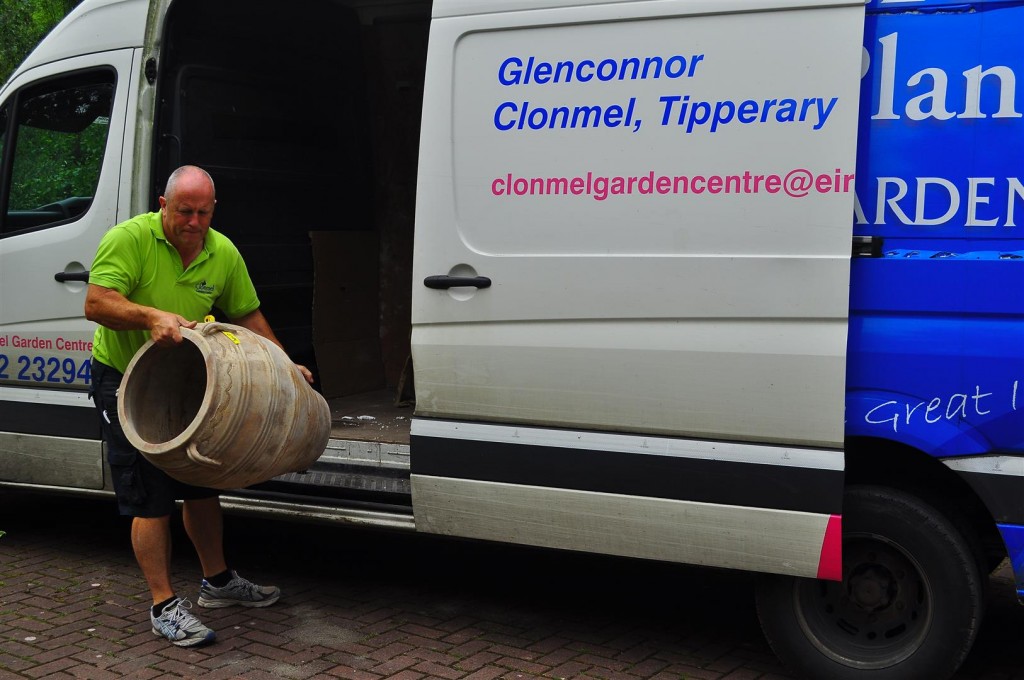
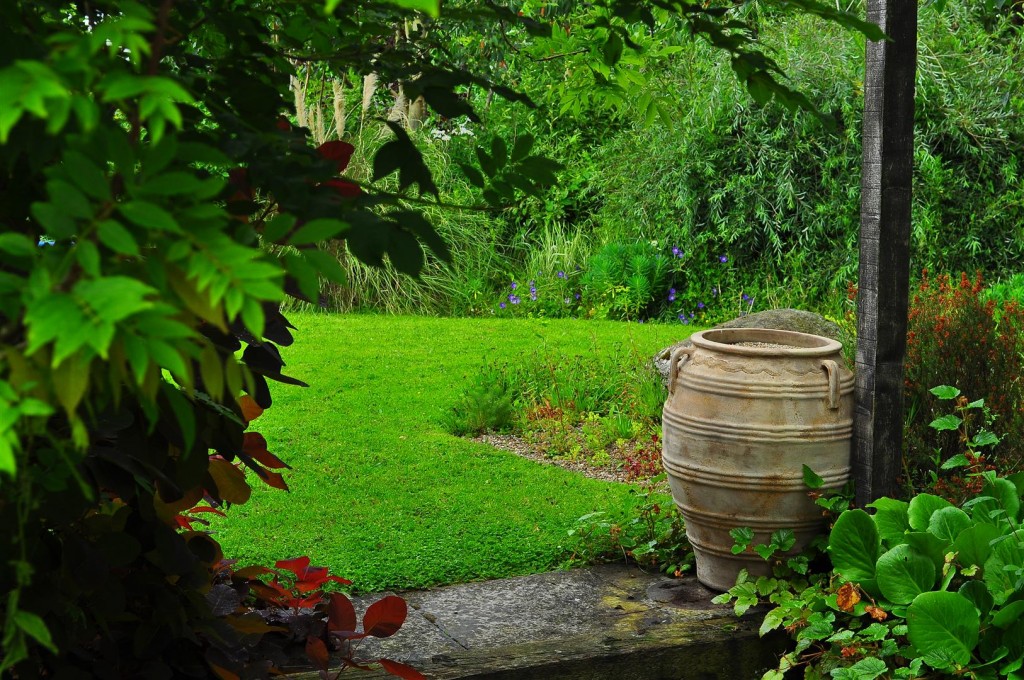
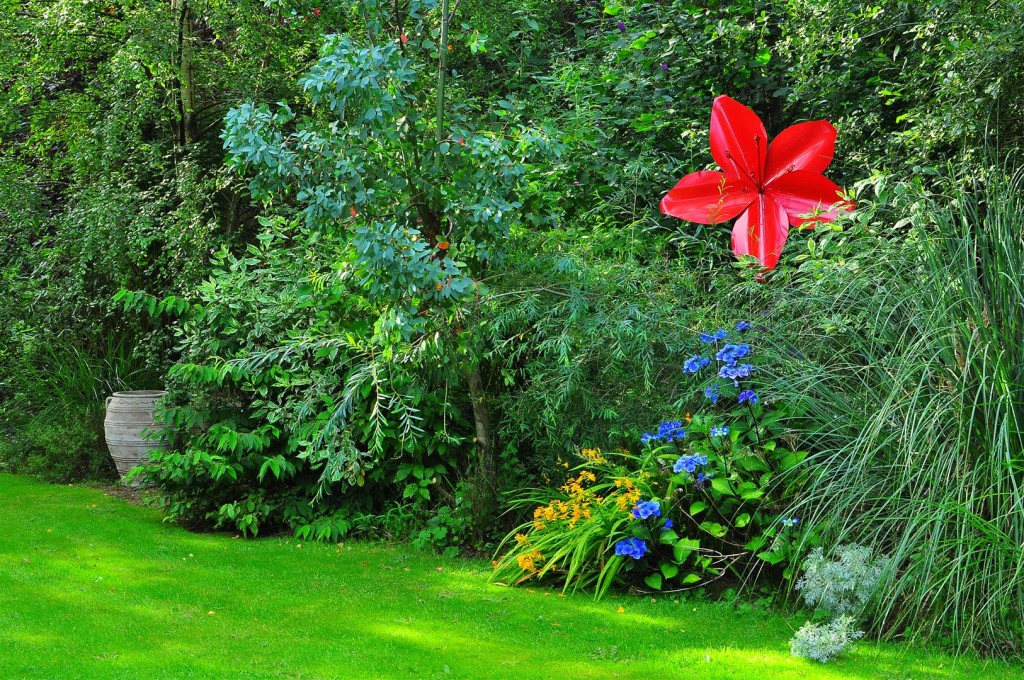
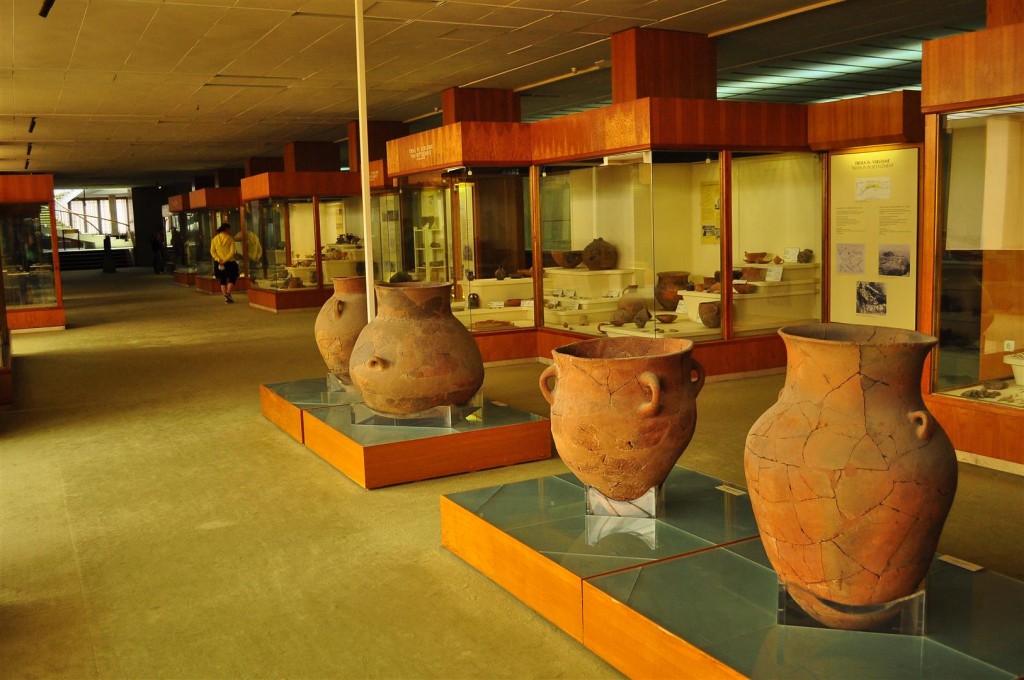

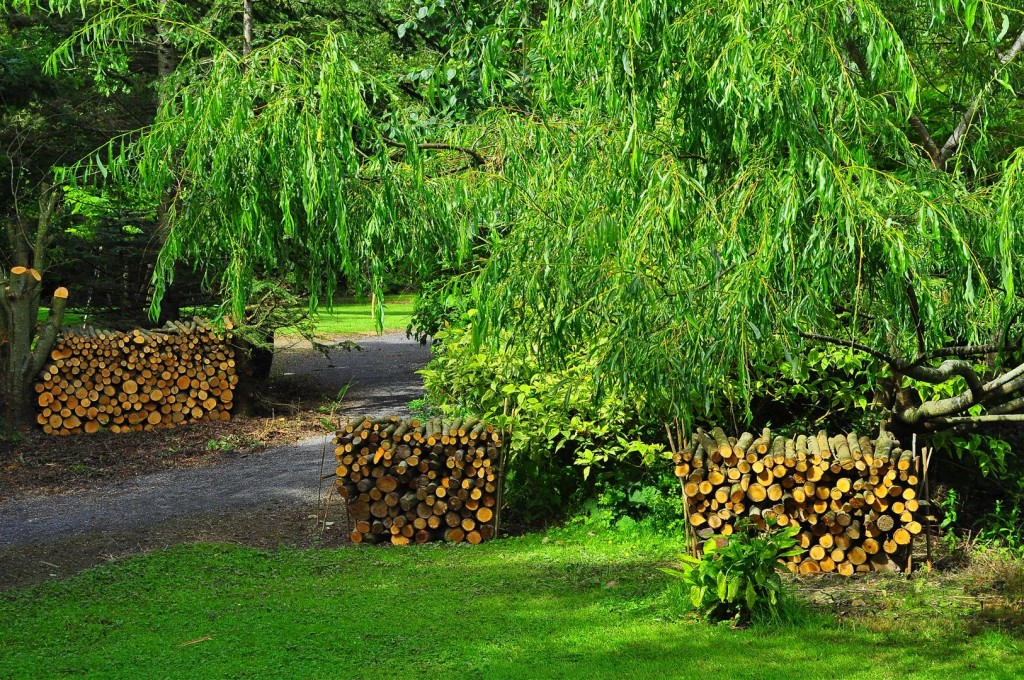
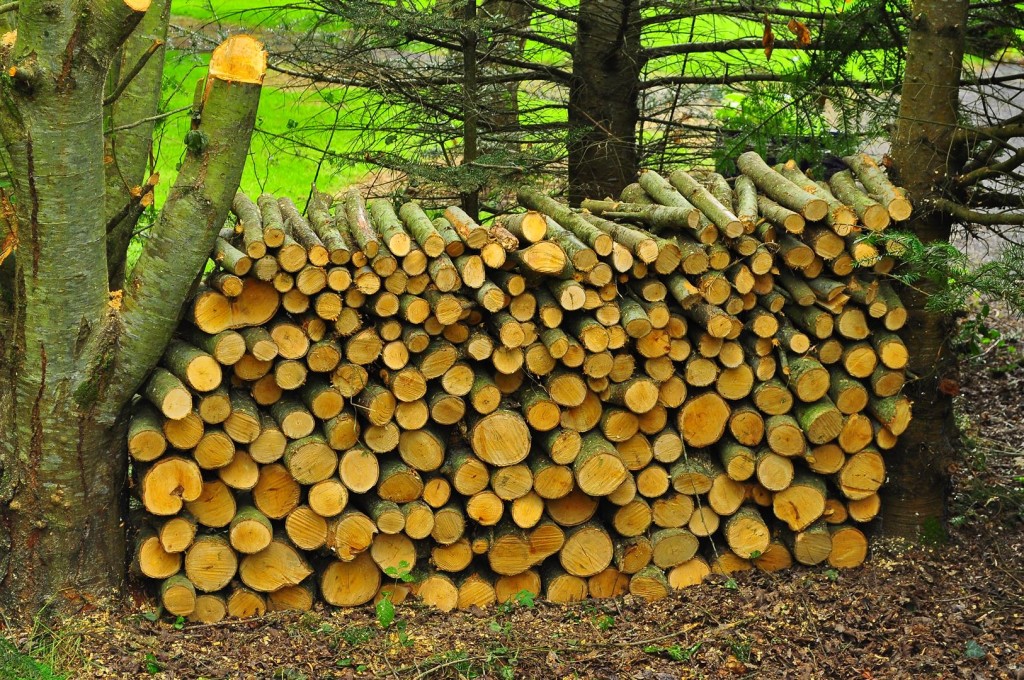
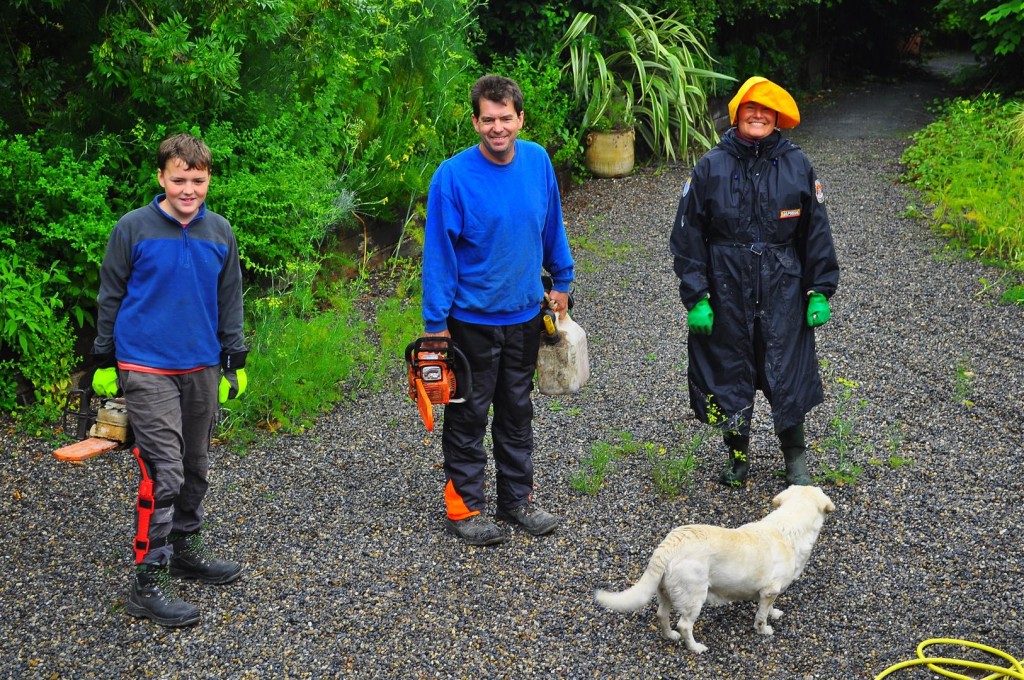
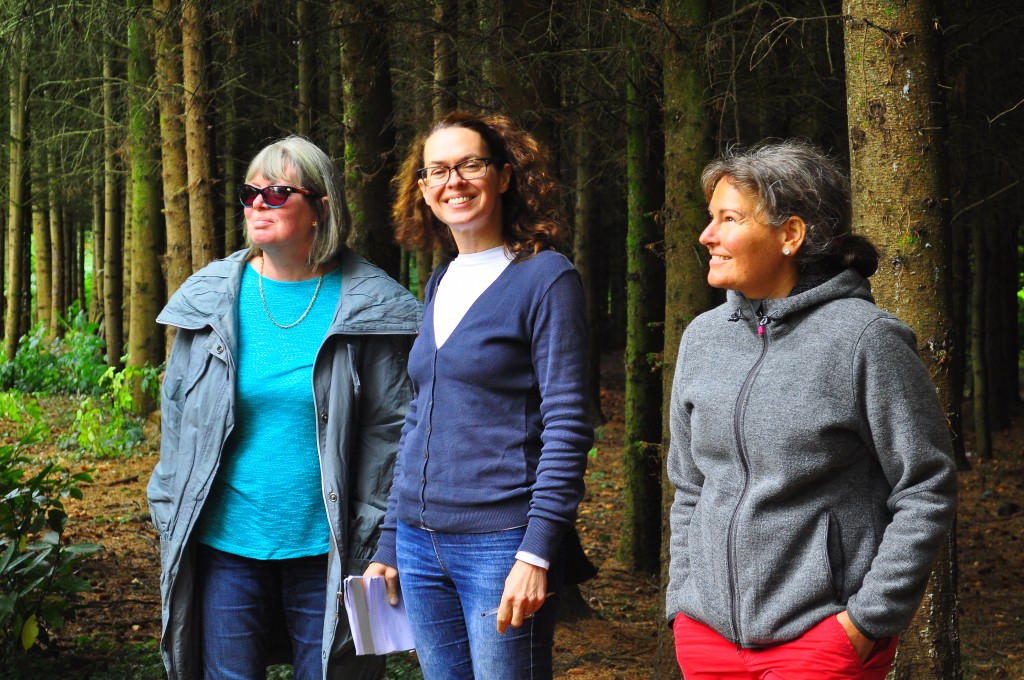
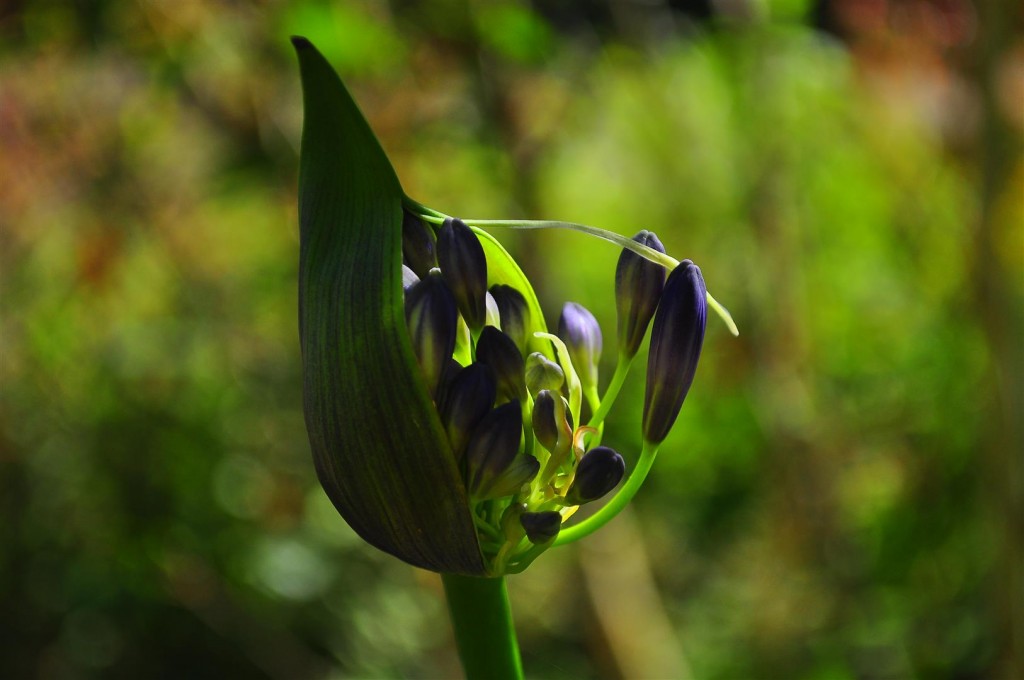
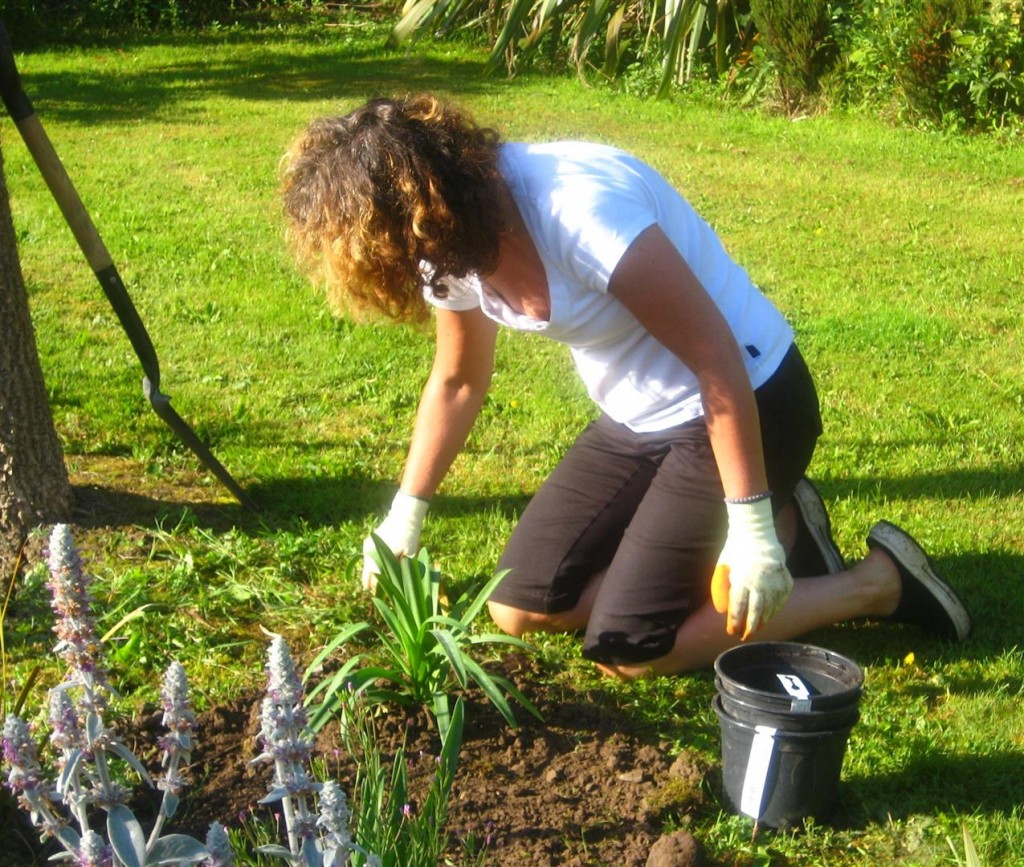


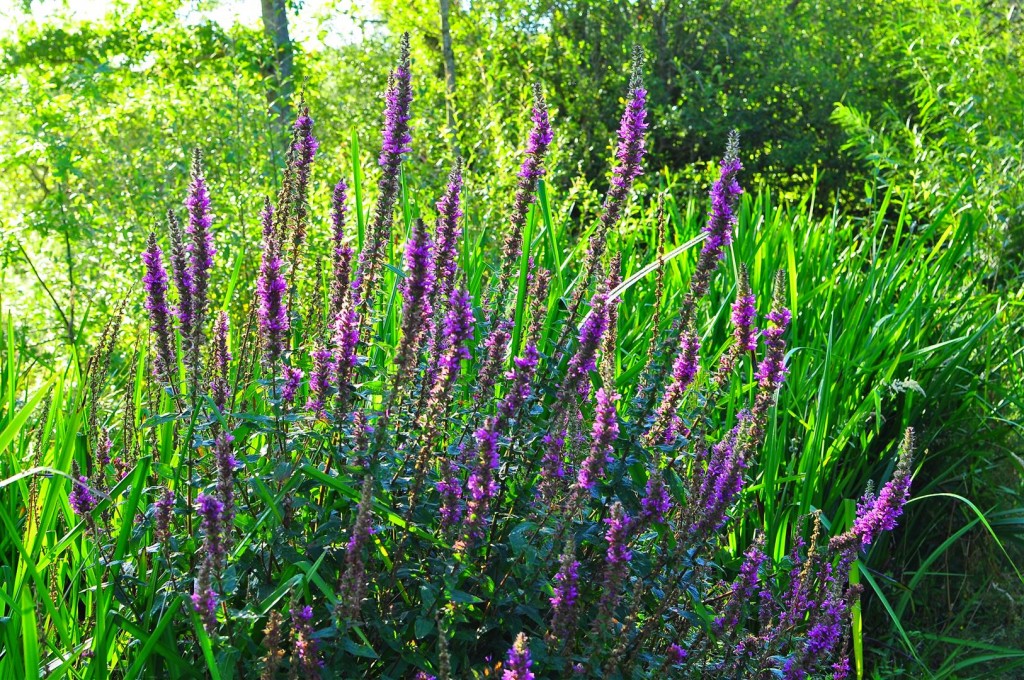
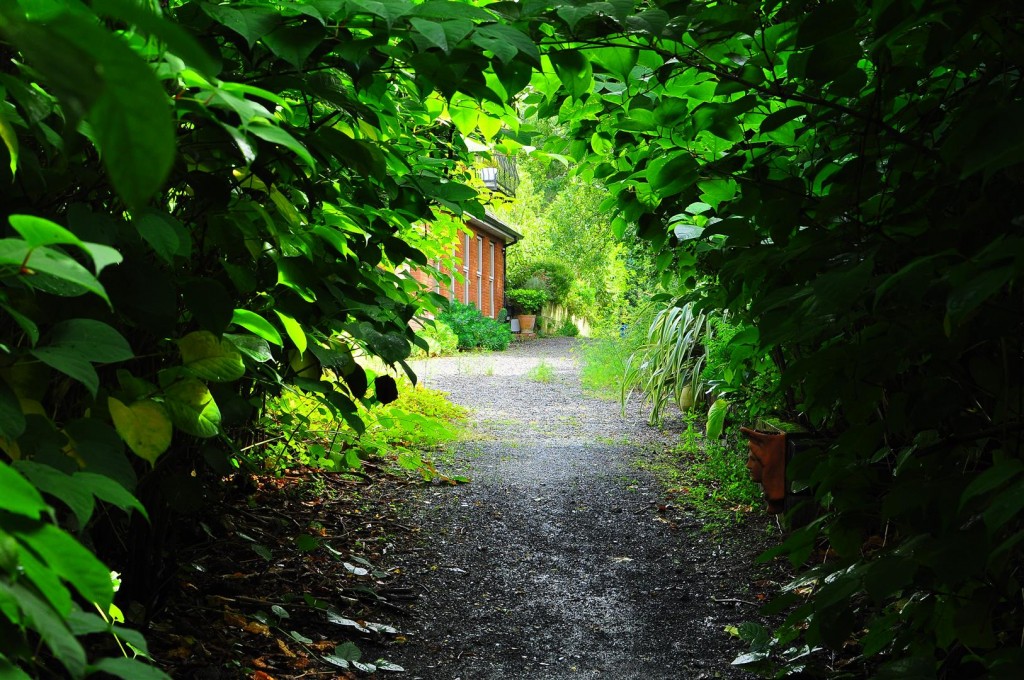
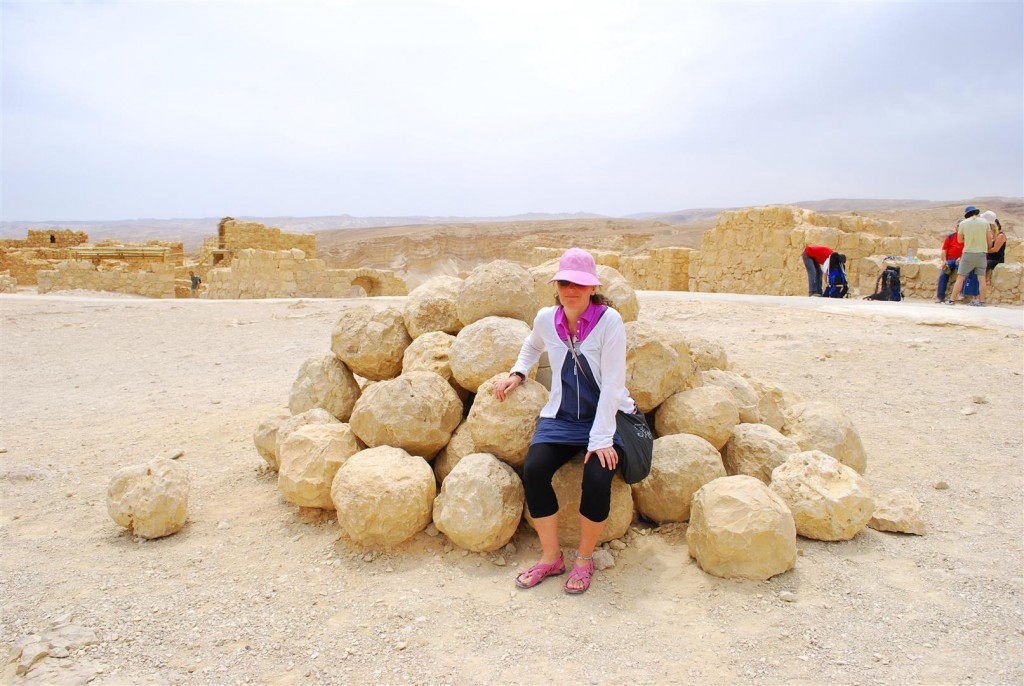
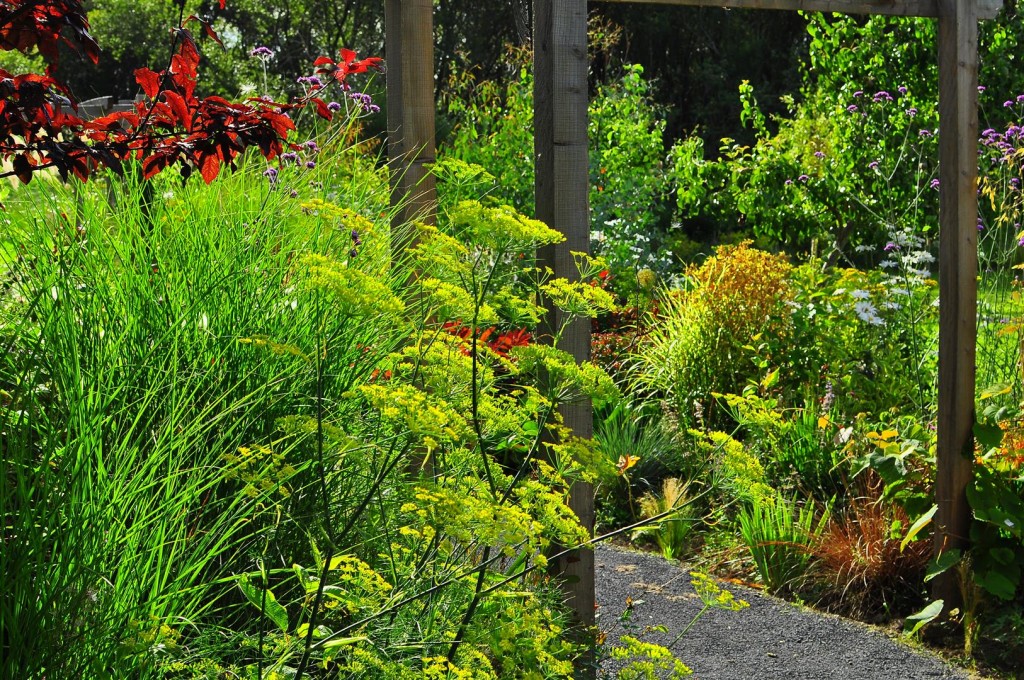
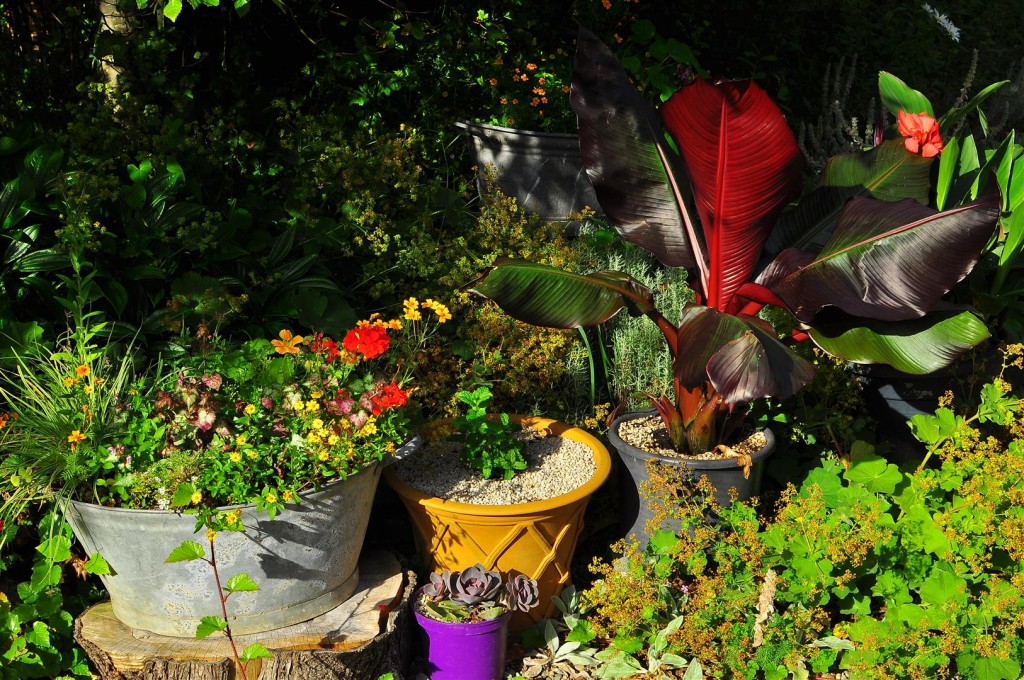
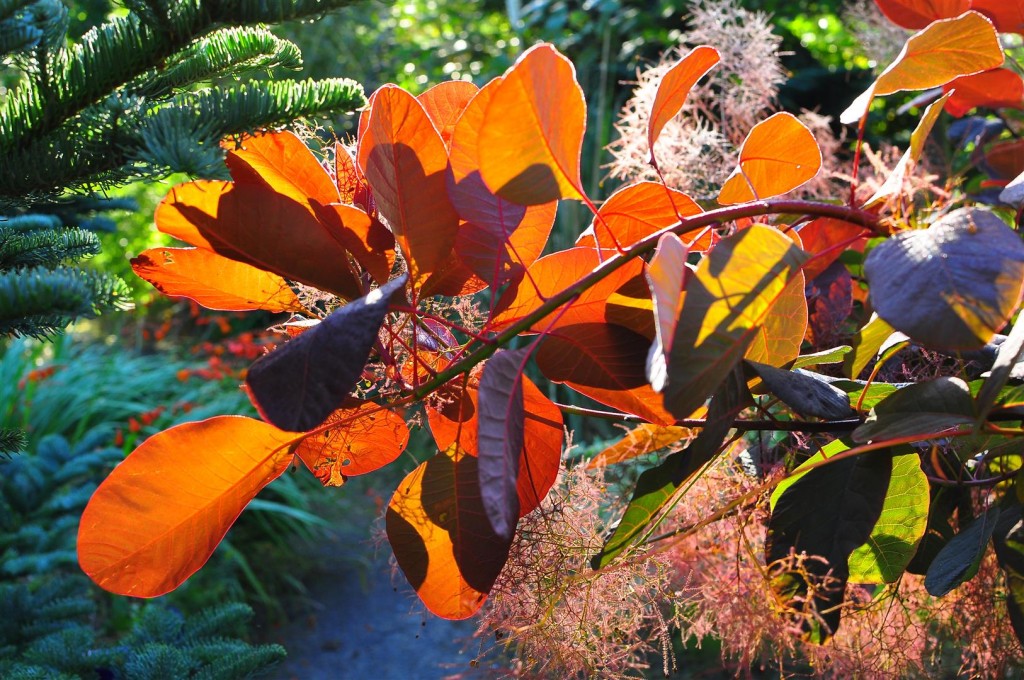
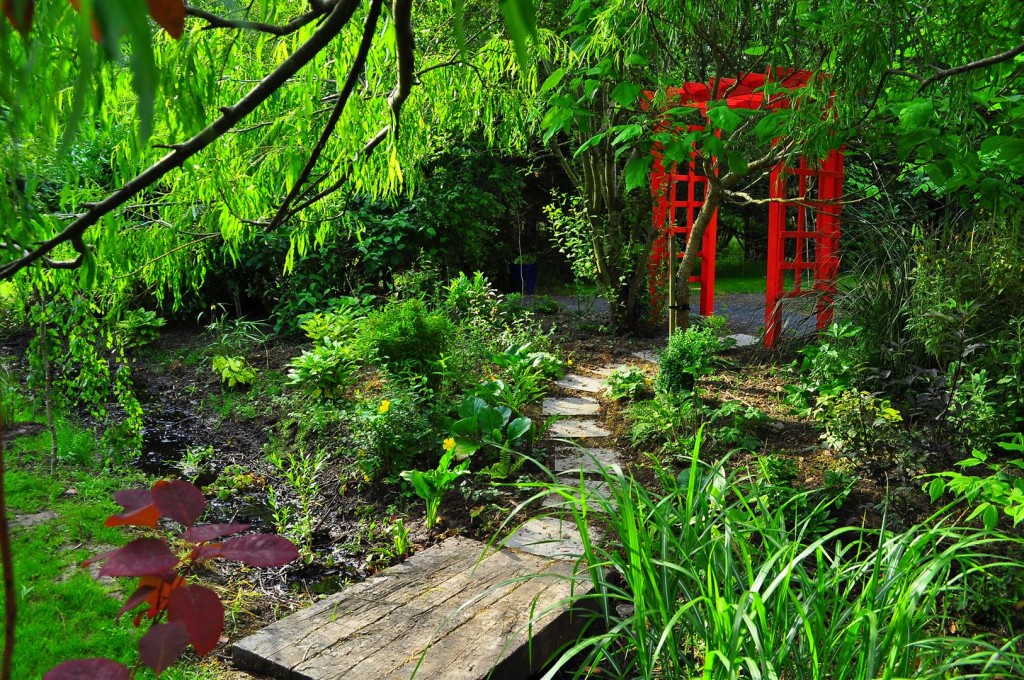
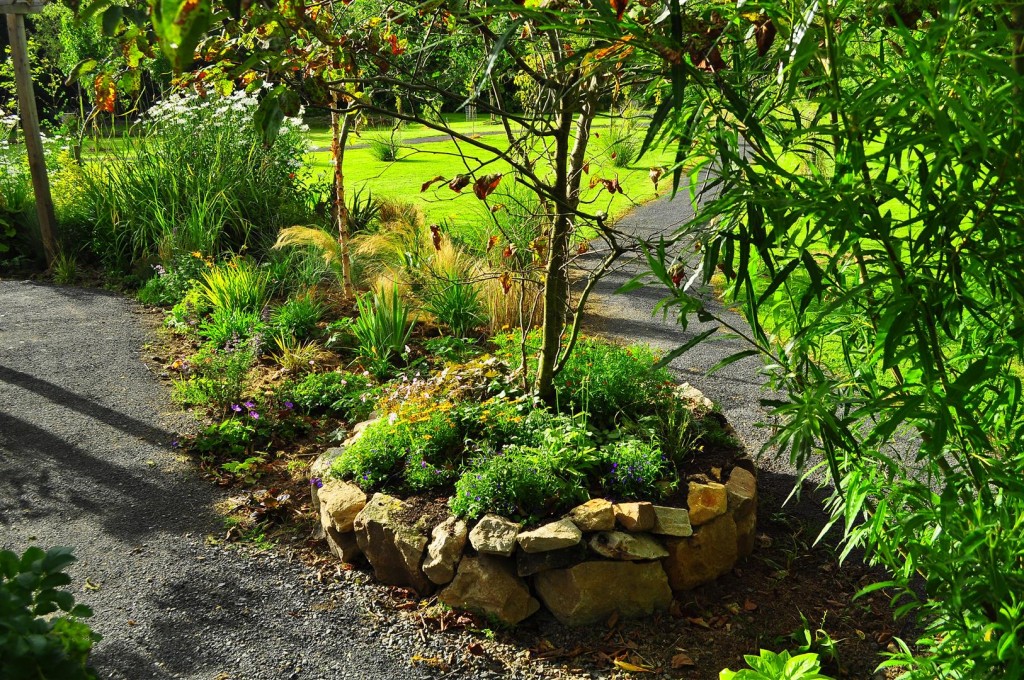
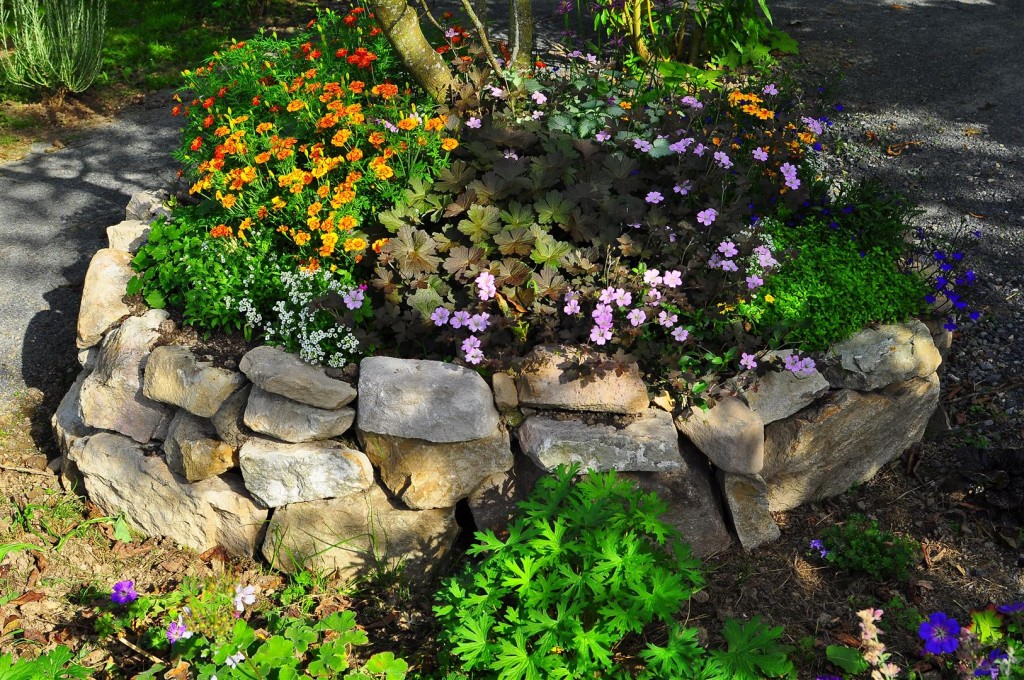
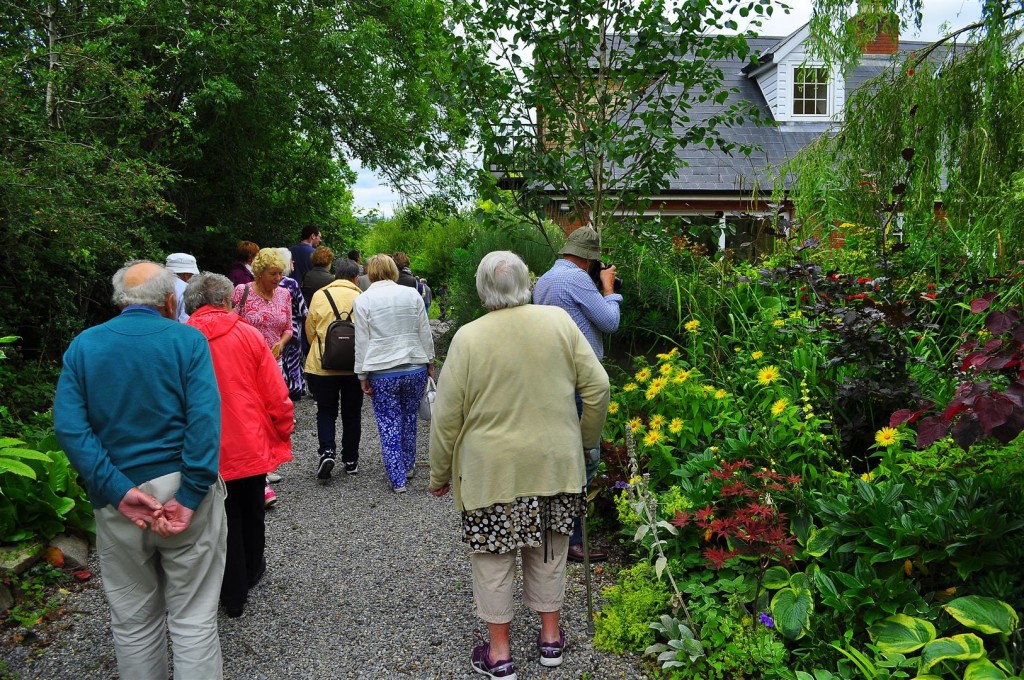
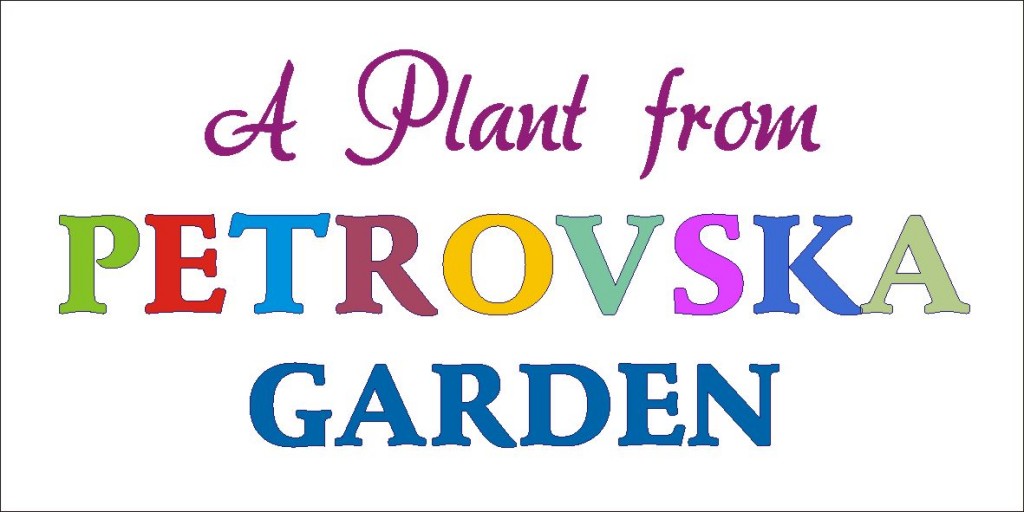
Leave a Reply